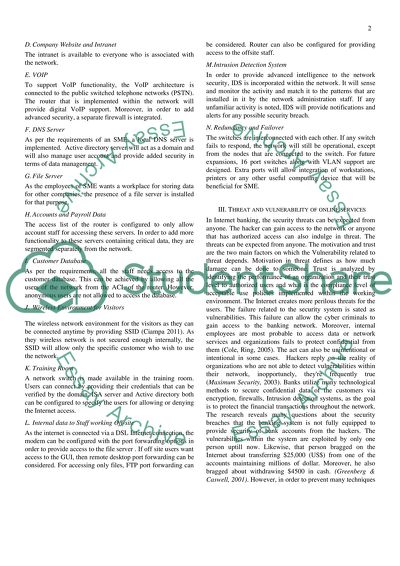Cite this document
(“Internet Banking Security Essay Example | Topics and Well Written Essays - 2500 words”, n.d.)
Retrieved from https://studentshare.org/information-technology/1404119-internet-banking-security
Retrieved from https://studentshare.org/information-technology/1404119-internet-banking-security
(Internet Banking Security Essay Example | Topics and Well Written Essays - 2500 Words)
https://studentshare.org/information-technology/1404119-internet-banking-security.
https://studentshare.org/information-technology/1404119-internet-banking-security.
“Internet Banking Security Essay Example | Topics and Well Written Essays - 2500 Words”, n.d. https://studentshare.org/information-technology/1404119-internet-banking-security.


